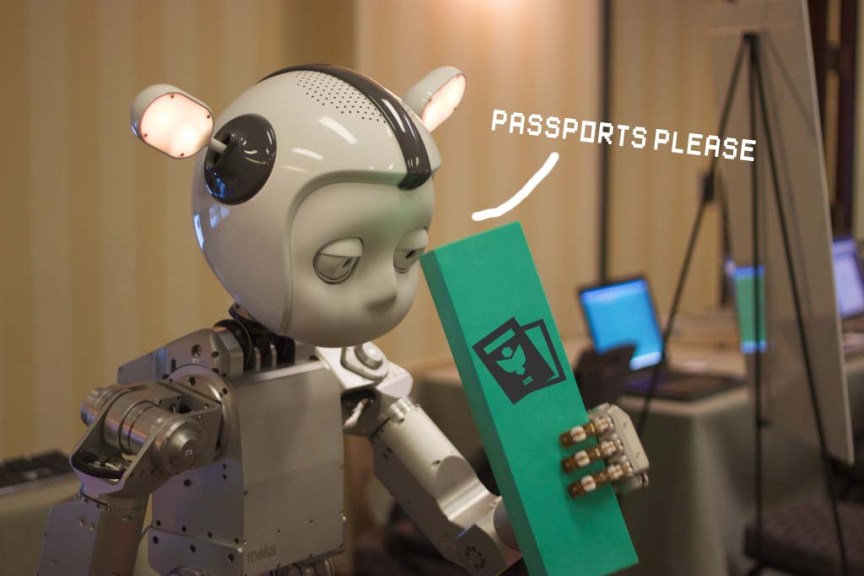 Victor Ing
Victor Ing
Canada’s government firmly believes that immigration plays a vital role in our society and its economy. In the past few years, Canada has made clear that we want to grow our immigration levels to offset our aging population and has introduced new program initiatives to attract more skilled talent from across the globe.
With unprecedented levels of immigration inevitably come growing pains.
How will Canada deal with the increased workload to process new immigration applications in the coming years? The answer, according to recent news reporting, may involve Immigration, Refugee and Citizenship Canada’s (“IRCC”) use of artificial intelligence (“AI”) to help its officers manage the flow of new applications and assist in the decision-making process.
However, the prospect of computer-assisted decision-making needs to be carefully considered because of the very complex nature of immigration applications.
Deciding the outcome of an immigration application is not a straightforward exercise. Every application that arrives on an immigration officer’s desk is different from the last. Each applicant has a different set of motivations, expectations and a unique personal background. No two applicants are the same.
It is also complex to determine whether an applicant meets the eligibility criteria to be granted the immigrant visa requested.
Unlike Canada’s Express Entry system, which operates on a formulaic points system to determine whether someone should be invited to apply for permanent residence, most other immigration applications require an immigration officer to consider many different but interrelated factors to come to a decision.
Will someone likely face danger to their life or personal safety if they are deported back to their home country? Does someone deserve to be granted permanent residence because they have shown compelling circumstances based on humanitarian and compassionate grounds to remain in Canada?
Will someone voluntarily leave Canada once the period of their authorized stay is over? These are important and commonly raised questions that must be determined with a full appreciation of the nuances of each case.
These are not decisions that are capable of being decided based on a formula, and we must never forget the serious consequences that a refusal can have on an applicant and any accompanying dependents.
Moreover, utilizing technology in the decision-making process can further reduce the transparency in the overall immigration process.
When immigration applicants receive a refusal they often face serious challenges to understand what happened in order for them to make informed decisions about what to do next. Refusal letters usually offer little to no explanation about why the immigration application was refused.
This is exactly why our courts have consistently ruled that immigration officers’ decisions can be brief, but they must explain exactly how the decision was arrived at. What sort of transparency can be offered when immigration decisions are at least partly based on computer data and algorithms, which would likely not be made available to the general public?
Would it be fair to make a decision based on information that is not made available to applicants? On the other hand, if the data and algorithms are public knowledge, what use would IRCC have for them if applicants know exactly how the underlying system works? These sorts of issues in transparency can quickly undermine the public’s confidence in the integrity of our immigration programs.
IRCC should be encouraged to continue to research innovative ways to make the immigration decision-making process faster and more efficient. IRCC has already successfully integrated many new innovations in the past several years, including improvements to the online application system, particularly with the use of the Express Entry system.
However, speed and efficiency can never replace thorough and nuanced decision-making. Immigration applications are complex by nature and incapable of being fully automated. IRCC needs to carefully consider what the benefits and drawbacks of utilizing AI will be and the types of applications where its use would be most suitable. There will need to be significant advanced testing and transparency in the process for the public to maintain confidence in the administration of our immigration program.
Victor Ing is a lawyer of Sas & Ing Immigration Law Centre. He provides a full range of immigration services. Courtesy thefilipinopost.com






